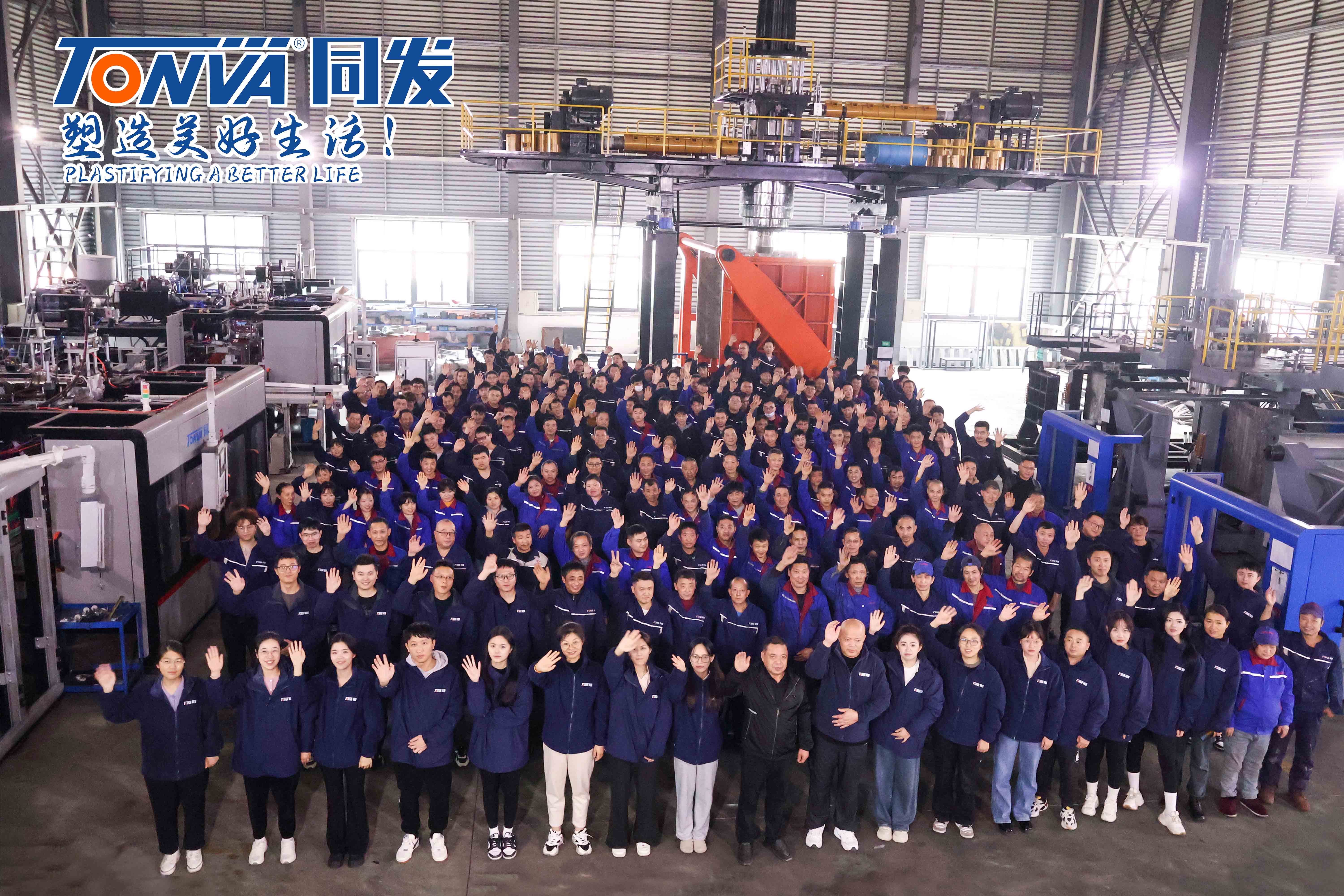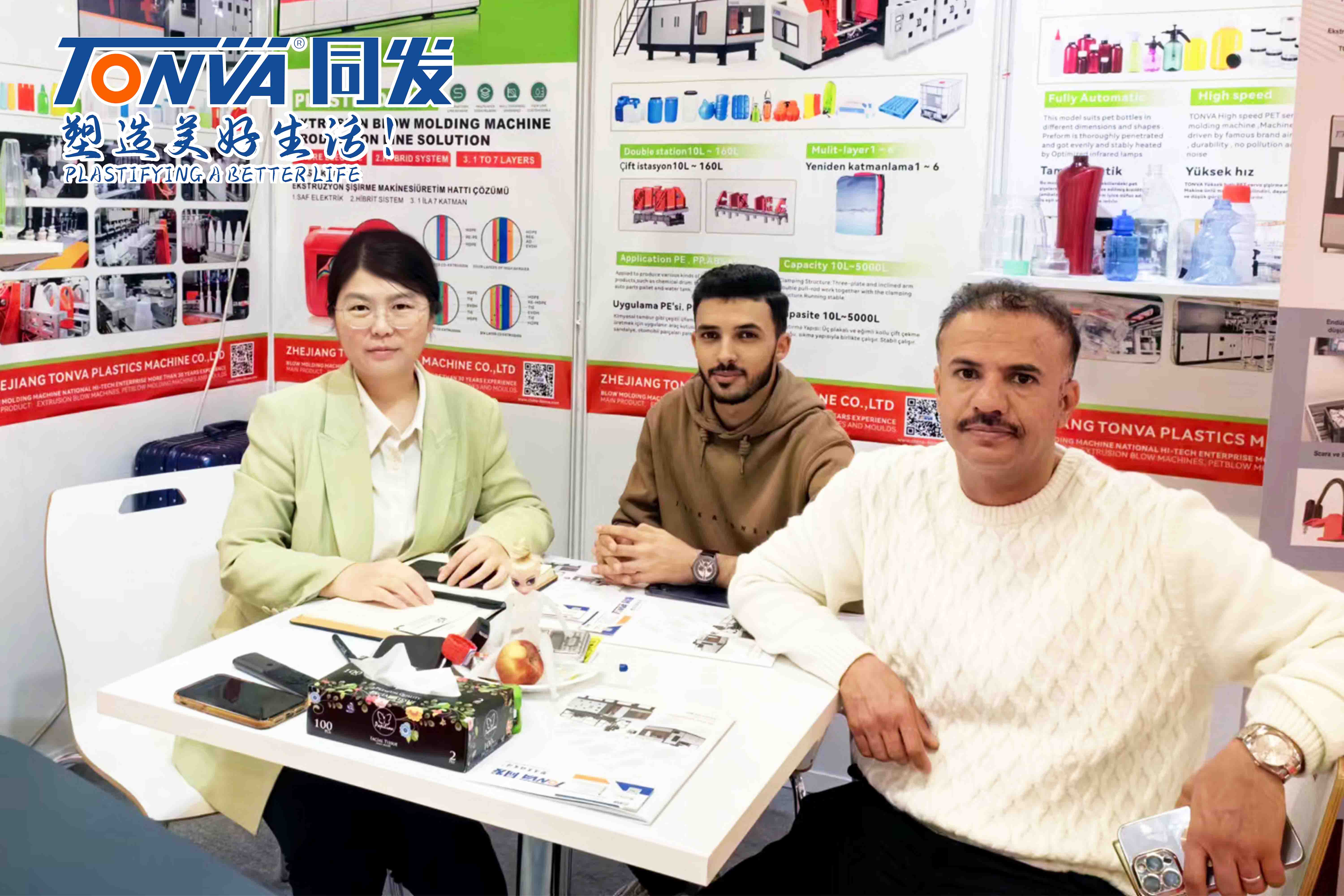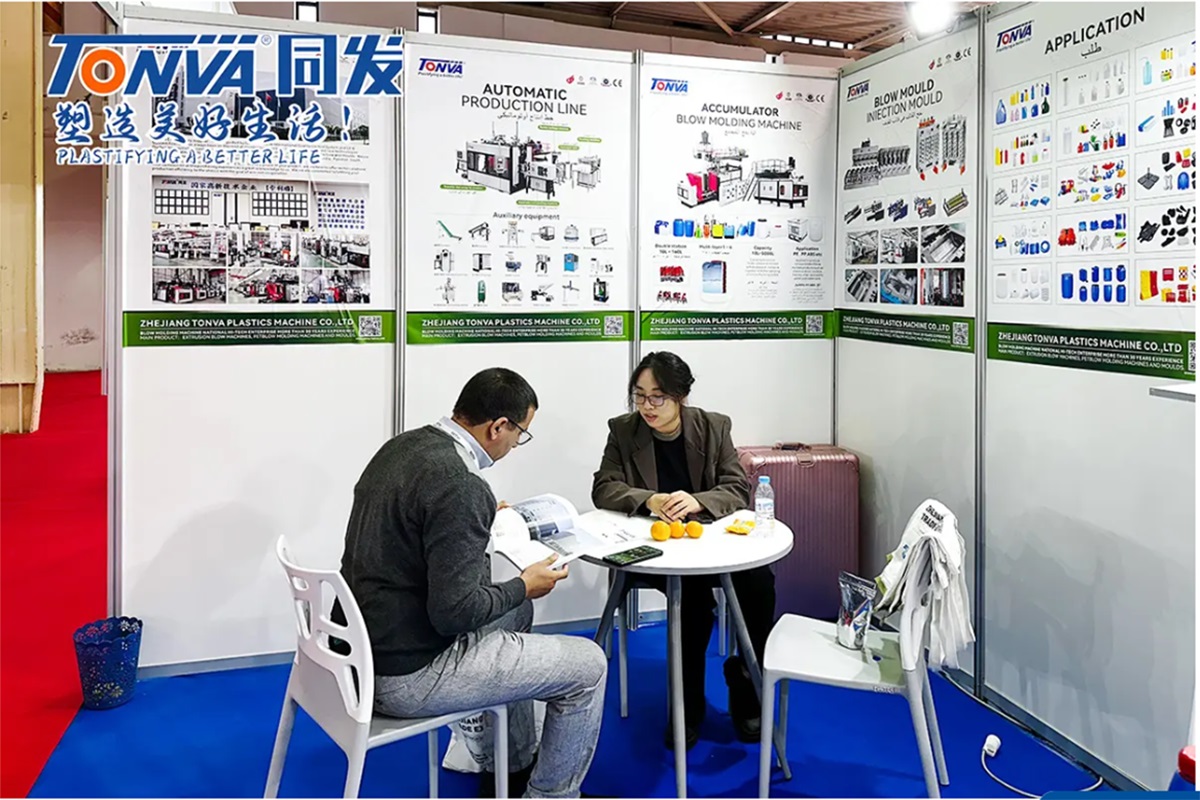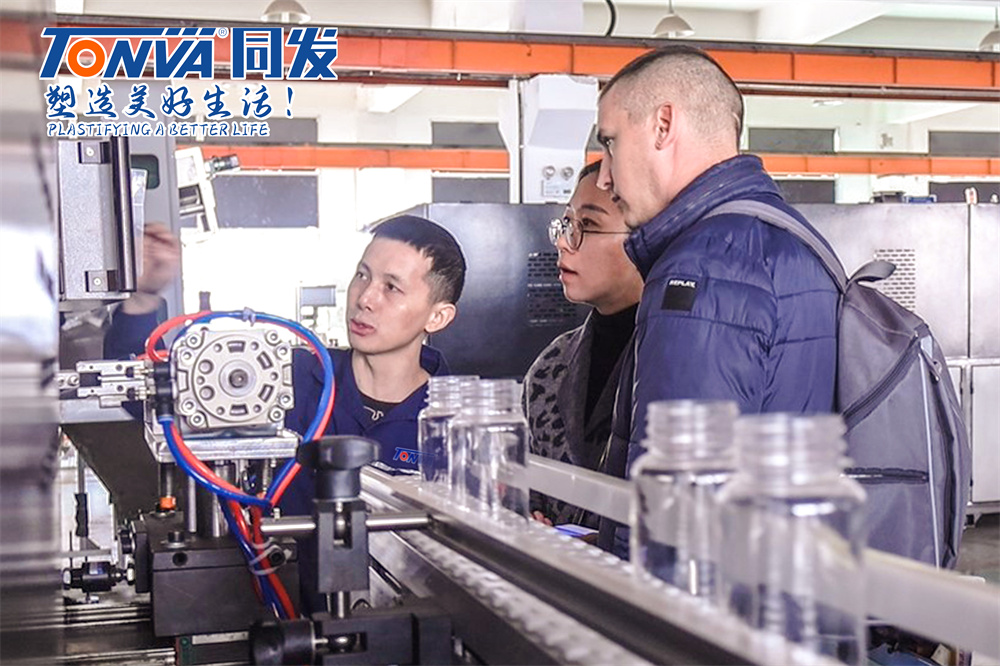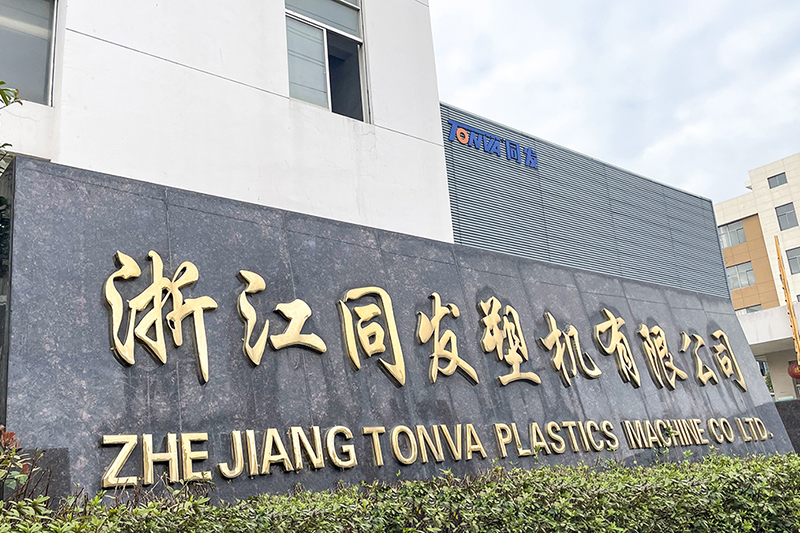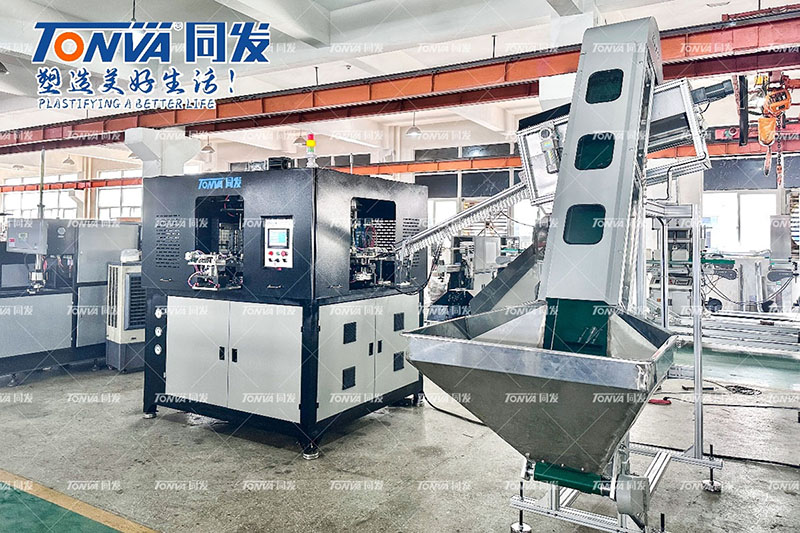Daily care and maintenance of the PET bottle blowing machine
1. Before starting the plastic bottle blowing machine each shift, lubricating oil must be added to each moving part once. (Manipulator, manipulator guide rail, mold opening and closing guide rail) 2. The swing arm can be added once (3-4) days. The large and small chains of the heating machine can be used once a month. Always check whether the main engine reducer and heating machine reducer are short of oil. The main engine bearings can be added once (2-3) months.
3. Before production, check whether the moving parts are strong, whether the screws are loose and falling off, especially where the impact force is strong, and whether the belt transmission part is abnormal.
4. Check whether the high-pressure air source, low-pressure air source, power supply, and water source are normal.
5. Check whether the emergency stop switches, safety door switches, and maintenance and installation detection switches are normal.
6. Check whether the heating head enters the embryo and the embryo removal part works normally. If the embryo insertion is not in place, you can adjust the embryo pressing installation nut.
7. Check whether the lamp is damaged or broken. Replace in time
8. Check whether each pneumatic component is leaking and whether the movement is flexible.
9. Check whether the triplex is leaking abnormally, whether it is blocked, and whether the water storage capacity of the water cup is too full.
10. When the solenoid valve of the plastic bottle blowing machine encounters any abnormality, it must be cleaned in time.
11. Plastic bottle blowing machine molds must be cleaned and polished regularly
12. When opening the upper and lower pressure air source switches, you must move slowly to prevent the air source from flowing too fast and causing dirt to blow into the solenoid valve. At the same time, open the exhaust valve for 30 seconds to ensure that the air is clean.
13. When starting the plastic bottle blowing machine, you must make sure that the mechanical parts are in good condition, that there is no one inside the machine, and that there are no foreign objects. Especially the position of the handle to avoid hurting people. At the same time, close the safety door.
14. When starting the machine, you must start the motor first and delay starting the heating machine for 30 seconds to prevent voltage fluctuations. Before starting heating, make sure the cooling water is turned on.
15. After heating starts (2-3) minutes, wait until the oven temperature rises evenly, and then press the embryo button. At the same time, the bottle blowing power must be turned on, otherwise the bottle will not blow.
16. When the plastic bottle blowing machine is running, you must pay close attention to whether there is any abnormal noise in the machine. It is necessary to detect it early and stop it in time to deal with it.
17. In case of emergency, you can press the emergency stop button to apply the emergency brake. Then analyze the cause according to the on-site situation and find the problem to solve quickly.
18. After normal operation, do not extend any part of the body into the machine to avoid injury to the robot arm. If the machine makes abnormal noise, slow down and then stop and observe.
19. After normal production, the operator must always check the quality of the bottles to avoid voltage fluctuations or other reasons that affect the quality of the bottle blowing.
20. During maintenance, you can press the touch screen fault maintenance button to ensure safe maintenance. If you need to manually observe the movement of each individual mold cavity, please pay attention to the position of the robot.
At the same time, be sure to understand the function of individual buttons before taking action. Ensure that misoperation causes unnecessary trouble.
21. After each maintenance, be sure to clean up tools, screws and other things to avoid being left in the machine and affecting the normal operation of the machine.


